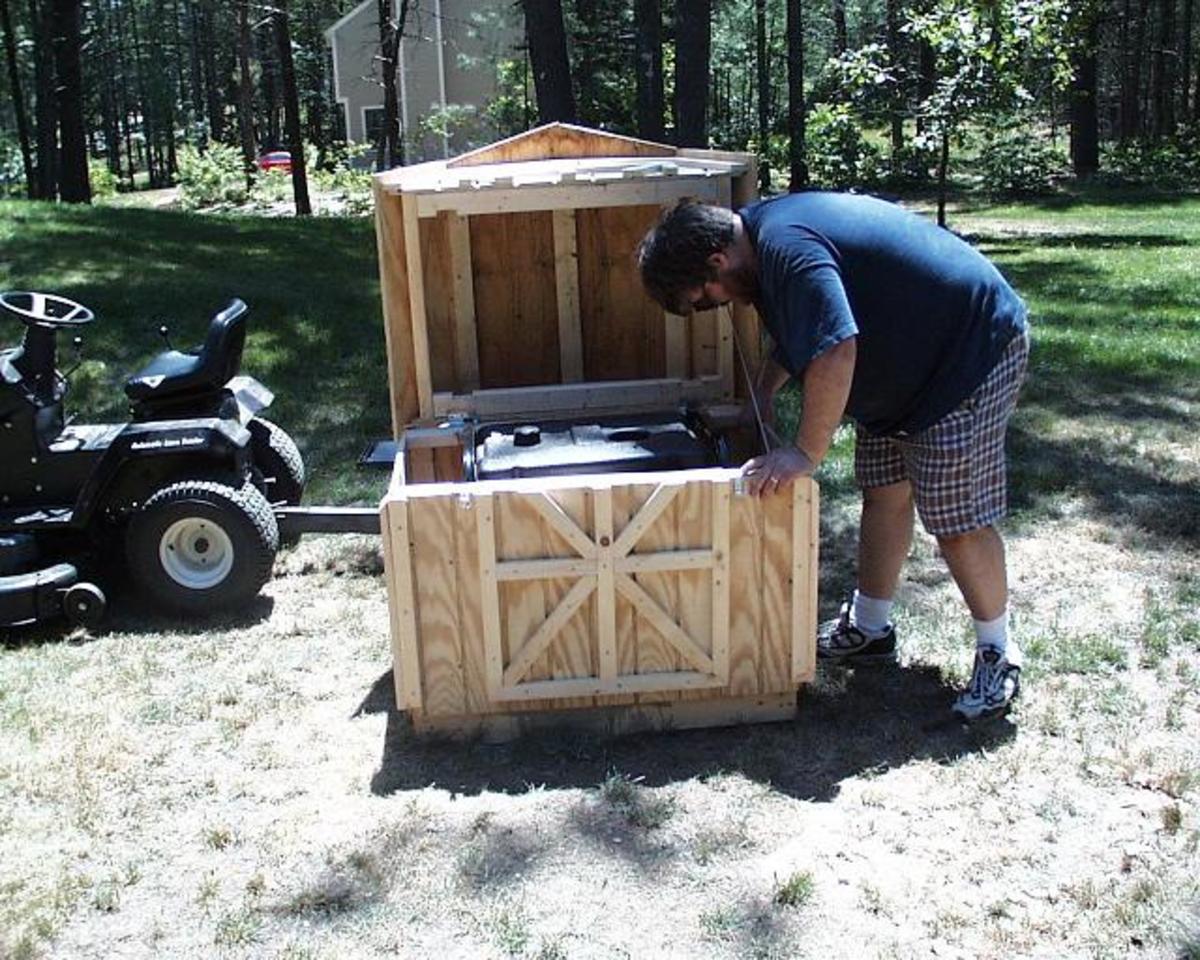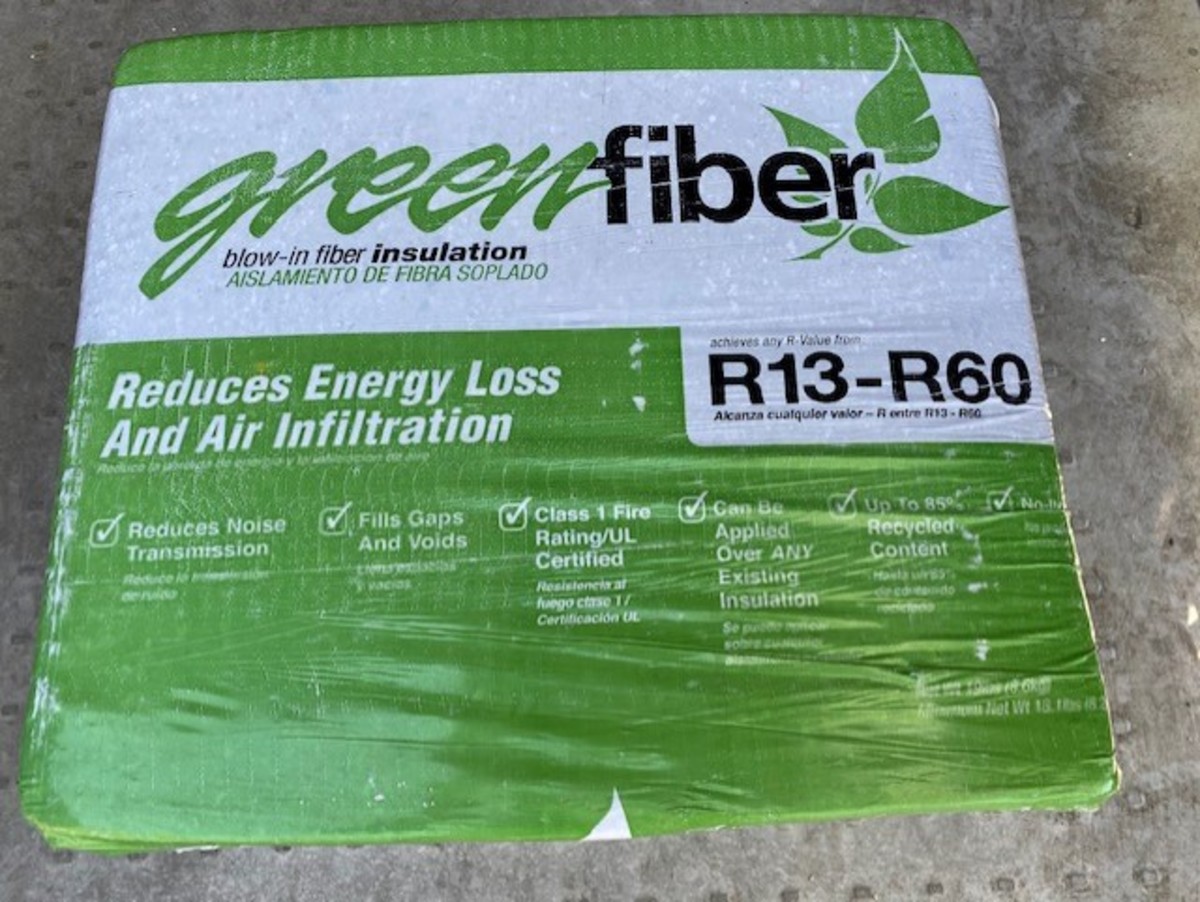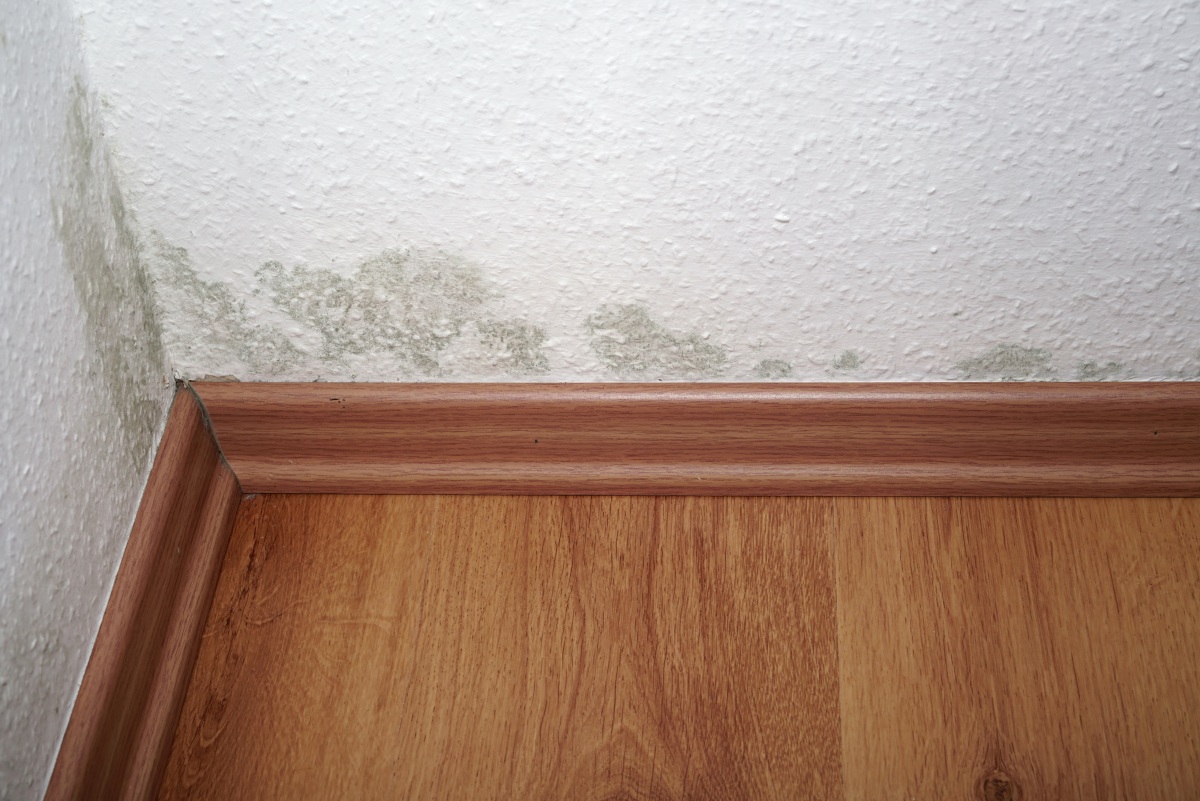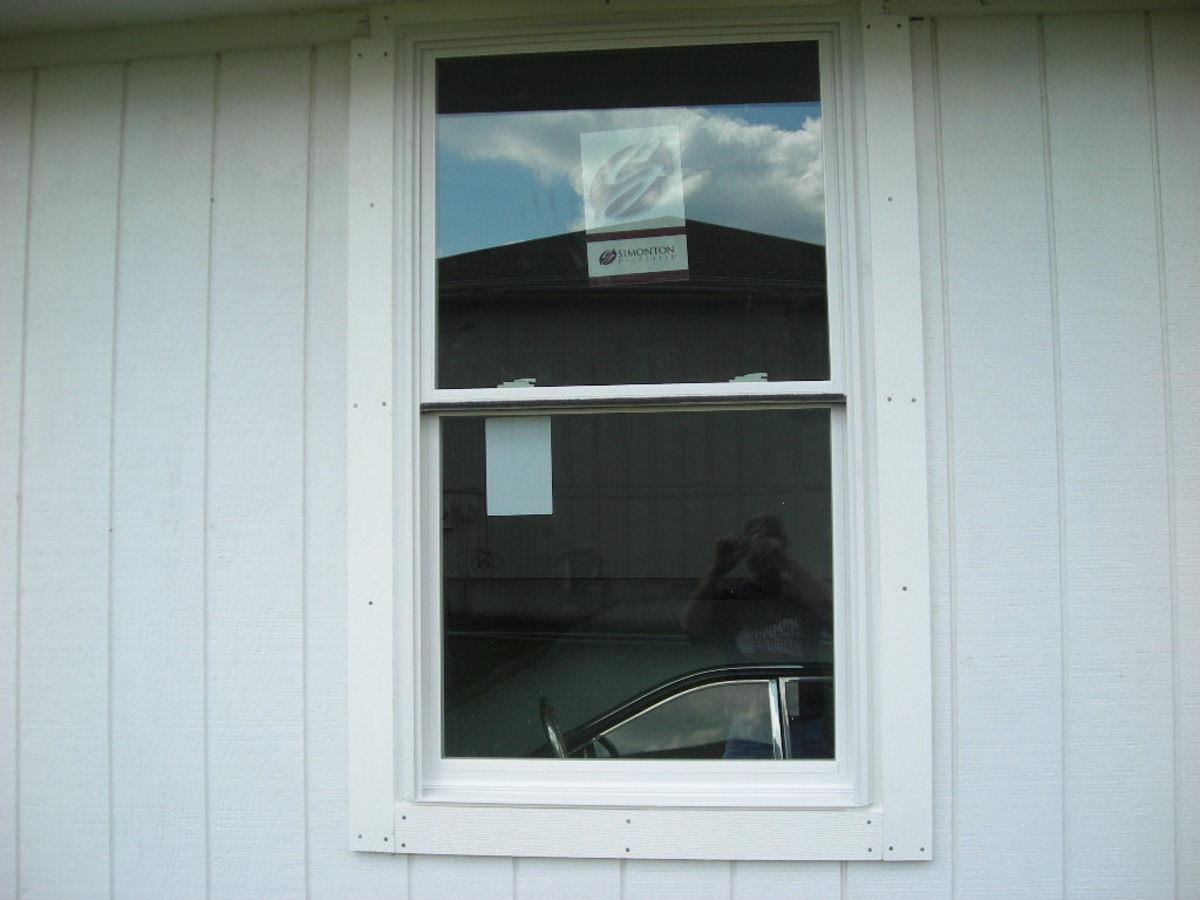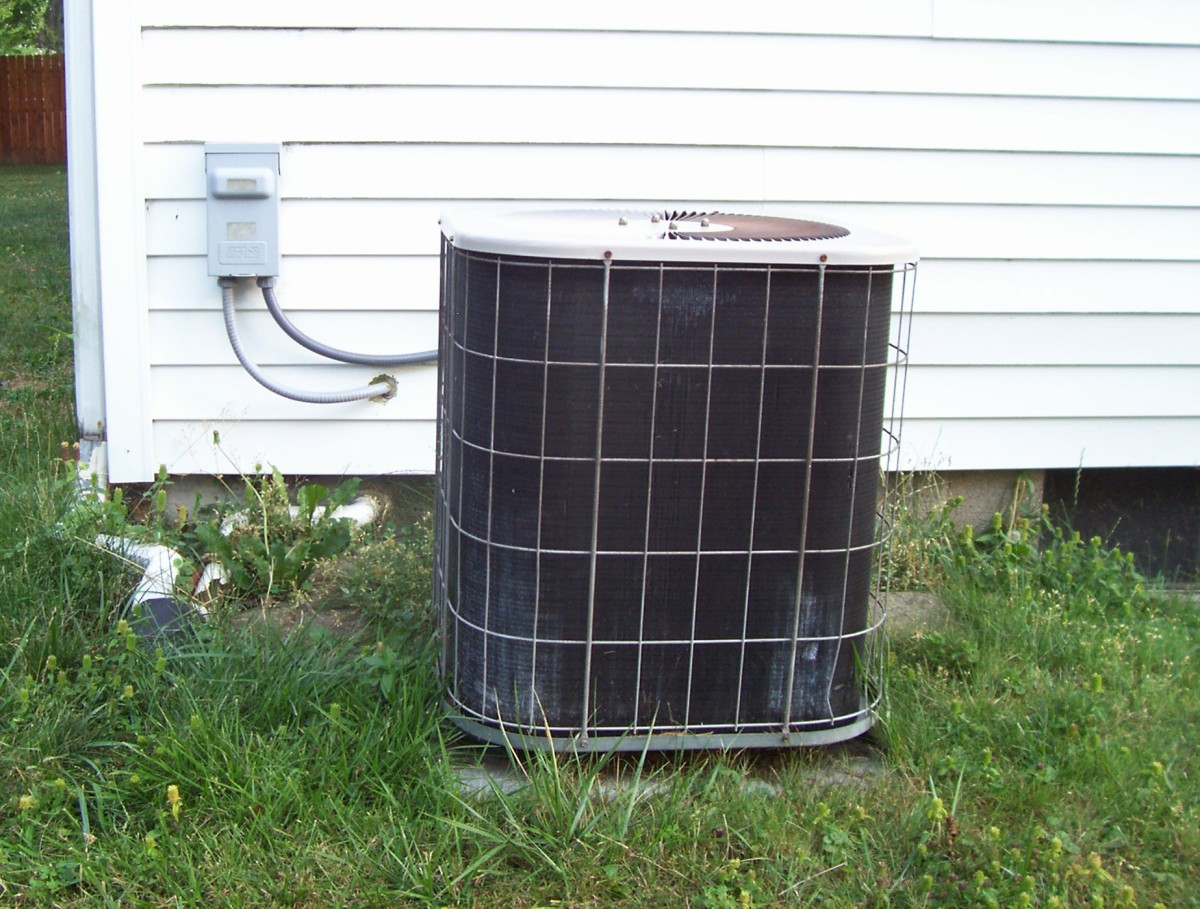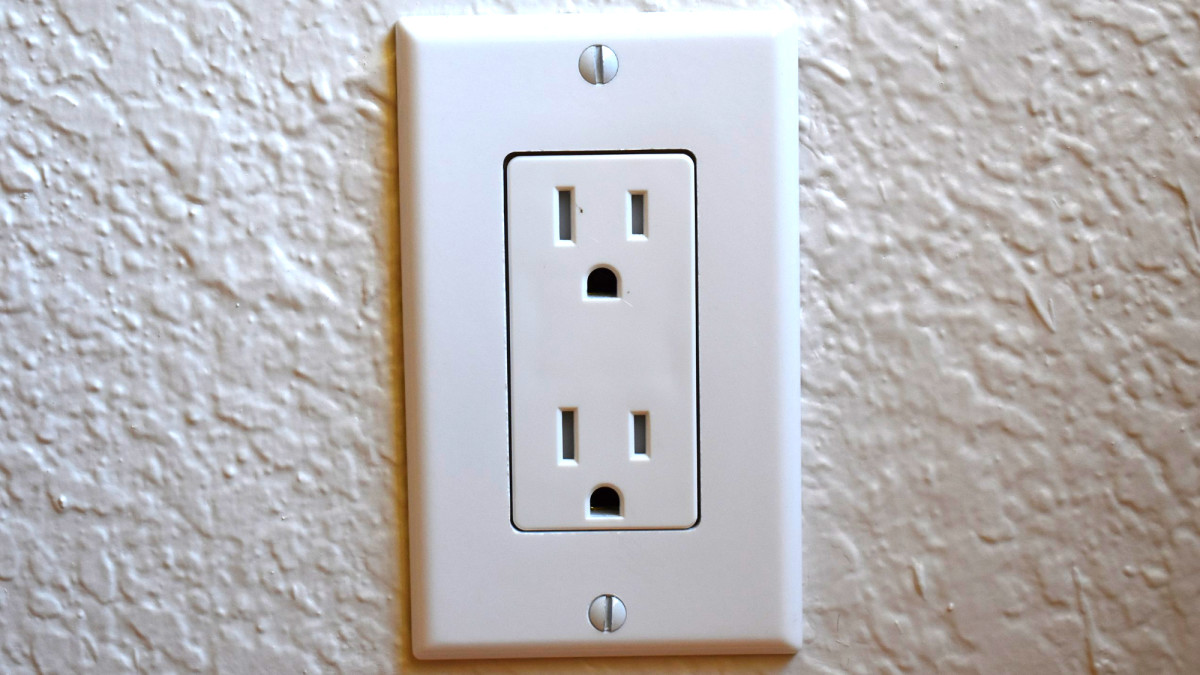How to Add Insulation to an Existing House
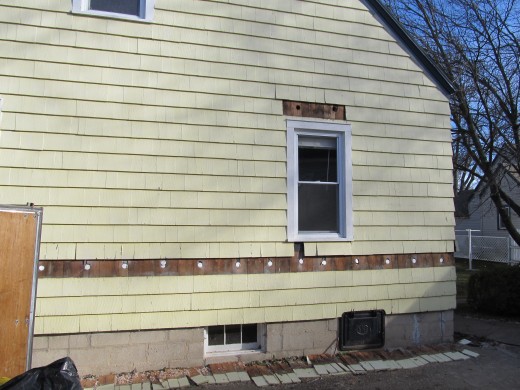
Home energy costs continue to rise and the time to take advantage of making your home more energy efficient is now. While the attic area of a home is fairly simple to insulate, it may not give you the biggest bang for your buck in terms of energy savings. Depending on the style of the home, it may be more effective to insulate the walls, especially if the home was built prior to 1960 as the insulation is likely very poor to non-existent. Insulating the sidewalls of a home may be easier than you think and will save you significant amounts of money on energy costs in both the summer and winter months.
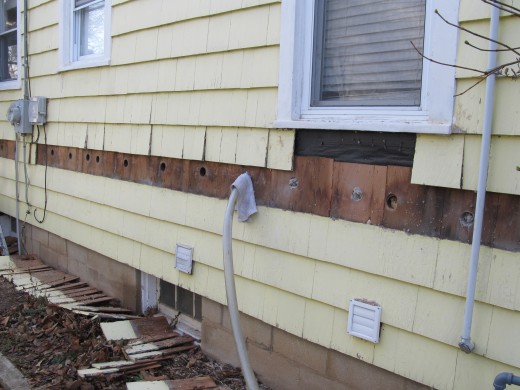
Dense Pack Cellulose Insulation Method
Filling the wall cavities of the house with cellulose insulation is a very effective insulation method for retrofit applications. By removing a strip of siding around the house, the cavities can be fully accessed after drilling 2 ½” holes through the sheathing (see figure 1.1).
Once the holes are drilled, the cavities can be filled with the cellulose insulation. Using the rental machine, stick the injection tube into the hole and slide the tube up the wall cavity. The tube needs to go up into the cavity in order to get the insulation to properly pack. If this is not done the insulation will settle. As you fill the cavity with insulation, slowly pull the injection tube out of the hole. You will know when to pull the injection tube back when the machine fails to pump the cellulose into the cavity. As you pull back, you will see the cellulose start to run through the hose again. This process is continued until the hose can come all the way out of the cavity. If the home is two stories, you will likely need to pull a strip of siding above the second floor to access the wall cavities.
Once the walls are insulated, the holes can be plugged with foam plugs and the siding re-installed. If you want to measure the energy savings from this project, go to your energy supplier website and print the last 12 months of energy bills. Then track the next 12 months to see how much energy you have saved.
If you are not comfortable on a ladder or have limited experience with power tools, you should seek an experienced insulation contractor to perform the job for you. Typical dense pack cellulose wall jobs run roughly $1 per square foot.

